|
Working from home is one of the 5,000 great benefits of being an academic. But it can also turn into too much of a good thing.
Before the coronavirus, a lot of schools were hesitant to let staff work from home. “Working from home” rhymes too closely with “Shirking from home.” It includes surfing, posting, grazing, running errands, crushing Candy Crush, calling your brother “just because,” rereading online stories about the coronavirus, updating your vita, and spacing out on conference calls. But what if working from home looked different? What if working from home made you 13% more productive, made you feel more satisfied with your job, and made you half as likely to send your vita off to another school? This is in line with what was found in a 2015 Stanford study of a large Chinese travel firm called CTrip. Researchers randomly split 249 call center employees from Shanghai into two groups. For nine months, half of them kept working at their desks as usual, and the other half were told to work from home four days a week (one day a week they came into the office). Then the researchers measured everything from the number of calls they made, to job satisfaction, to breaks taken, to sick days… everything but Facebook Likes and Candy Crush scores. One conclusion: Working from home can make people more productive. But wait. Before you move all of your books back home, there’s a huge caveat from this study (aside from country, culture, and industry): These workers had very specific measures of productivity—phone calls per minute and the amount of time spent on the phone. Since working at home requires a discipline muscle that many of us need to strengthen, it’s easy to let our first days or weeks at home be structured by meetings and not our mission. That is, we might view the phone or web meetings on our calendar as the “Big rocks” of our day instead of seeing our biggest projects as our biggest rocks. After you conduct a weekly review of the projects that are most pressing, these suggestions might help. • Identify the three biggest project tasks you need to complete each day (not including meetings). • Make a promise to complete these tasks and deliver results to another person (boss or coworker). • Check in for a follow-up after making the delivery. This is the productivity side of working at home. But there’s another side to working at home that has been widely ignored. It’s the human side. There’s a story of three people who find themselves stranded on an uncharted desert island. Sort of like Gilligan’s Island, but without commercials. After years of learning how to smoothly work together to survive, the trio one day finds a bottle with a genie in it. The genie grants each person a wish. The first wishes to be back home in California, and—poof—she’s gone. The second wishes to be reunited with his family in Texas, and—poof—he’s gone. The third person looks around the empty island and says to the genie, “You know, I miss my two friends. I wish they were back.” Here’s the rest of the story about the Chinese workers. After nine months of working at home, the study was over. The workers were told they could continue working from home four days a week or they could come back and grind it out in-office for the full five. Slightly more than half of these workers wanted to come back and work in the office. They reported they were too “lonely.” Leaning in (versus spacing out) during meetings might help, and checking in or following up after finishing a project piece might help. But this human solution will need some personal thought and personal tailoring for each of us. If we’re feeling restless after 4 days at home, the human side is where we might want to look. And maybe call your brother “just because.”
0 Comments
Leave a Reply. |
Welcome...Tips for PhDs is a how-to community that helps us share our best practices as PhD students, new professors, and independent scholars.
Helpful tools and tips on how to graduate, get tenure, teach better, publish more, and have a super rewarding career.
Relevant Posts
All
Some Older PostsArchives
April 2024
|
Share Your Insights and IdeasWhat have you created or found that's been useful and could be helpful for other PhD students, new professors, or independent scholars?
Send an email to [email protected] if you have something you think would be useful to share with others on this website, or if you have ideas on how to make this more useful to you or your students. |
Stay in touch |





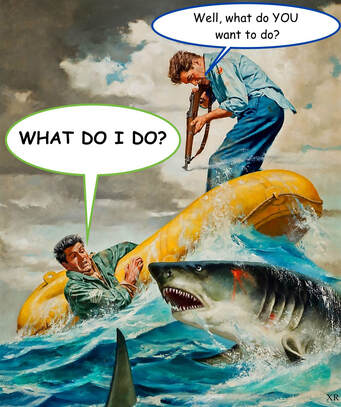

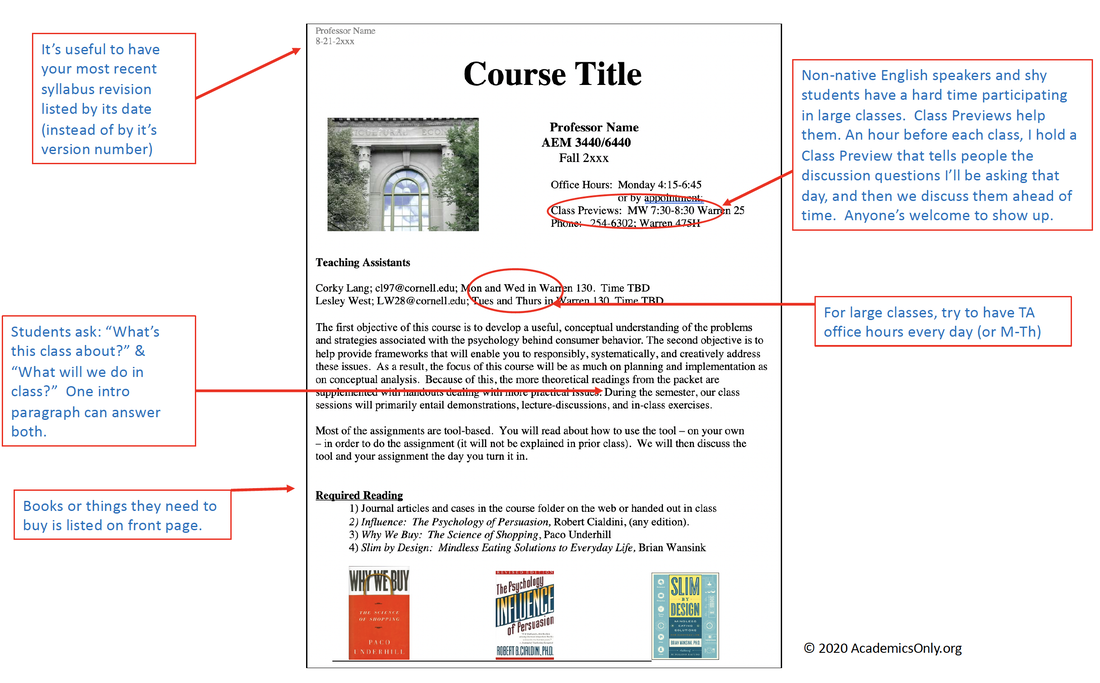


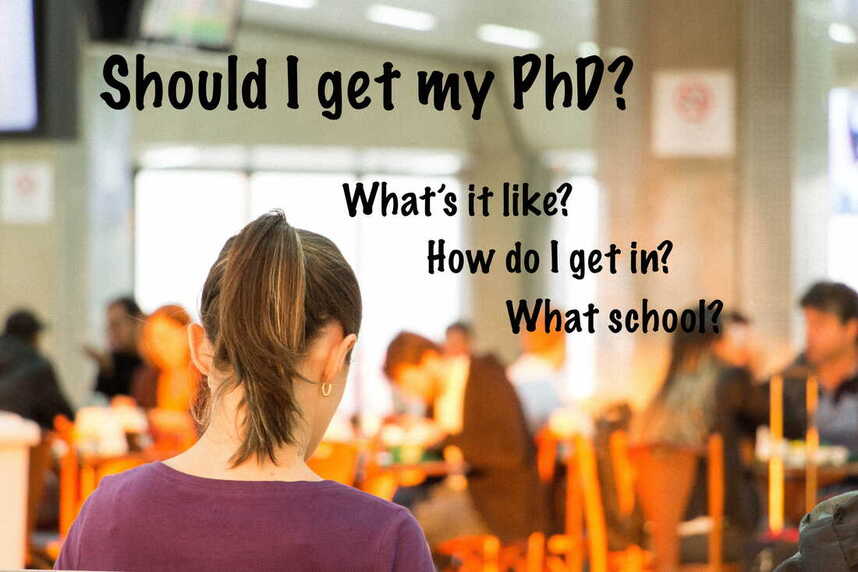
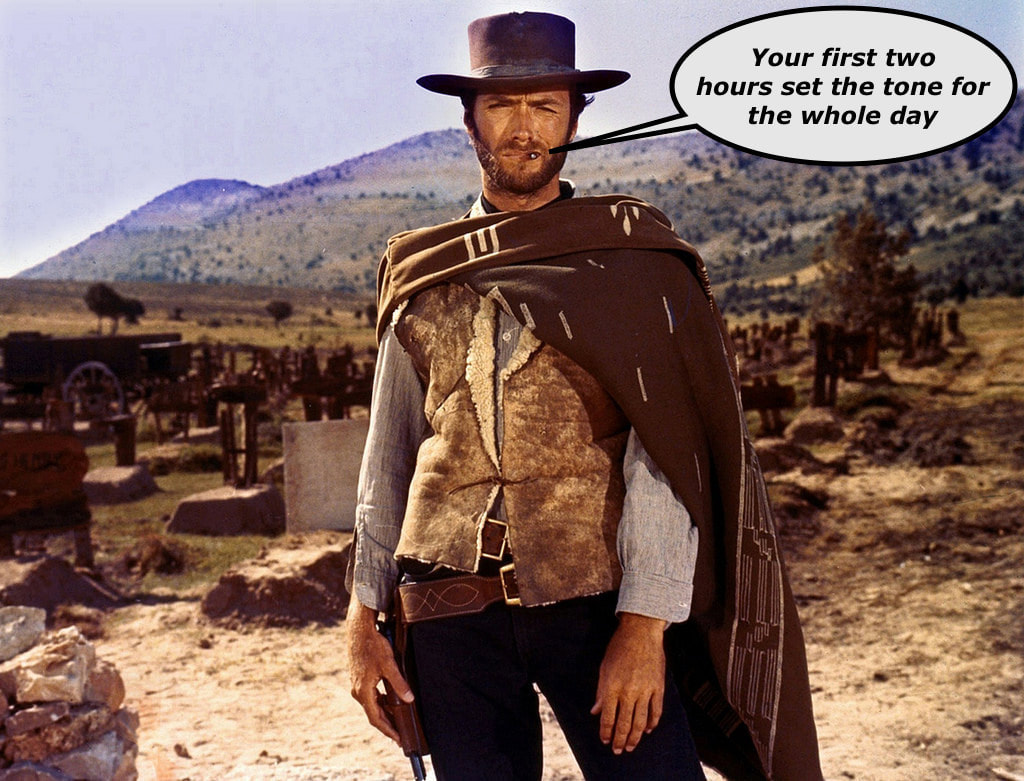
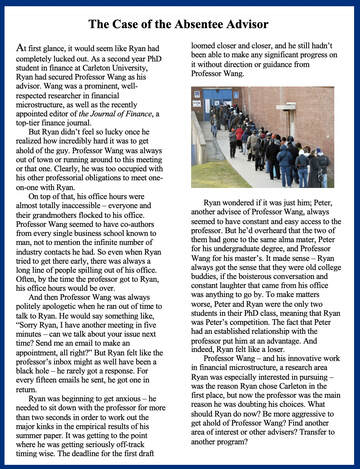






 RSS Feed
RSS Feed